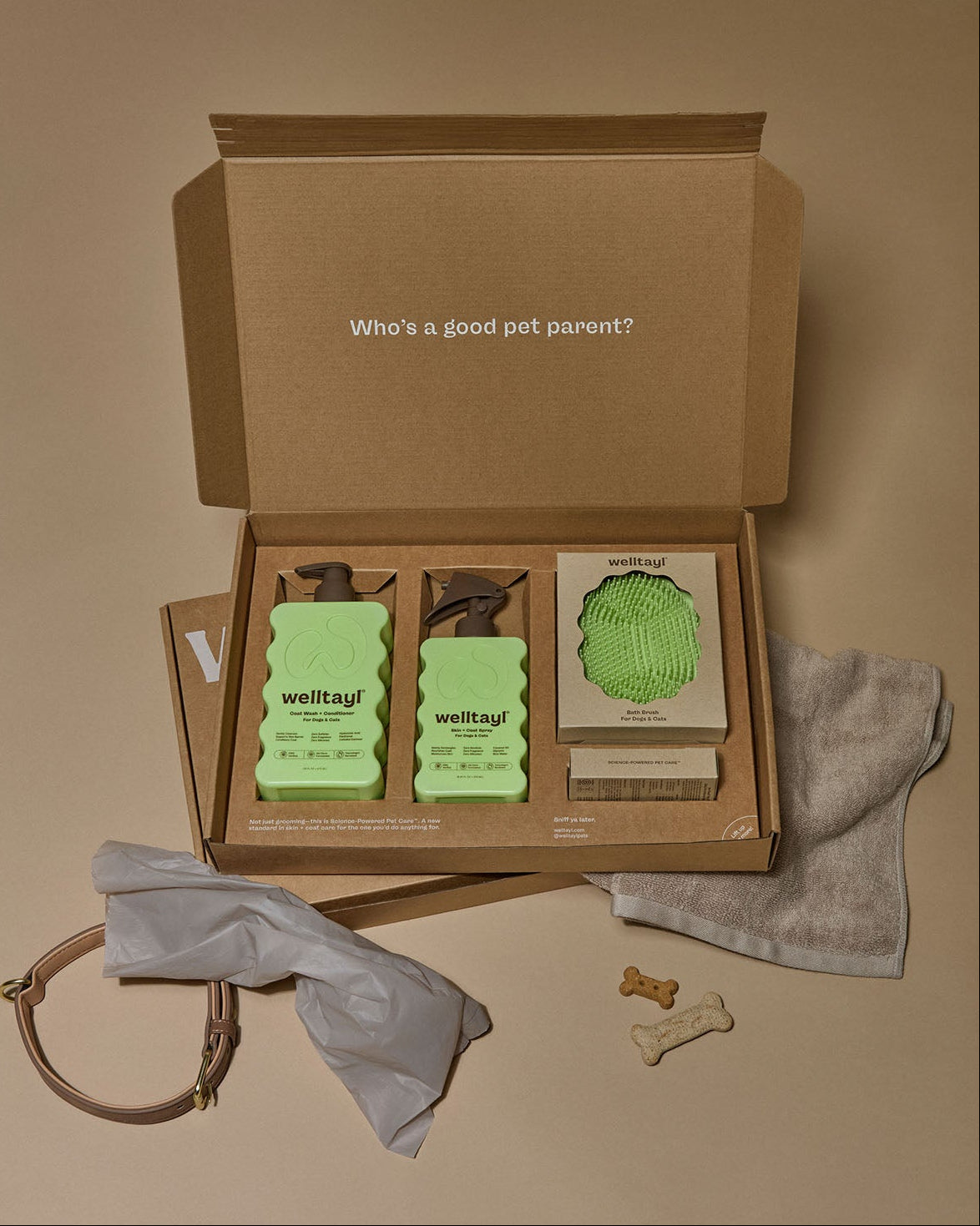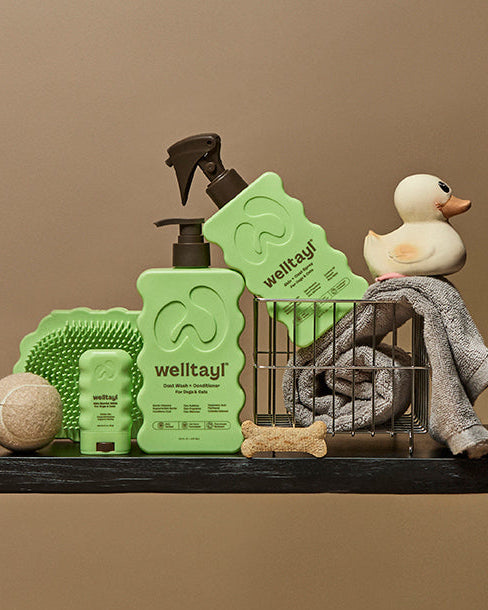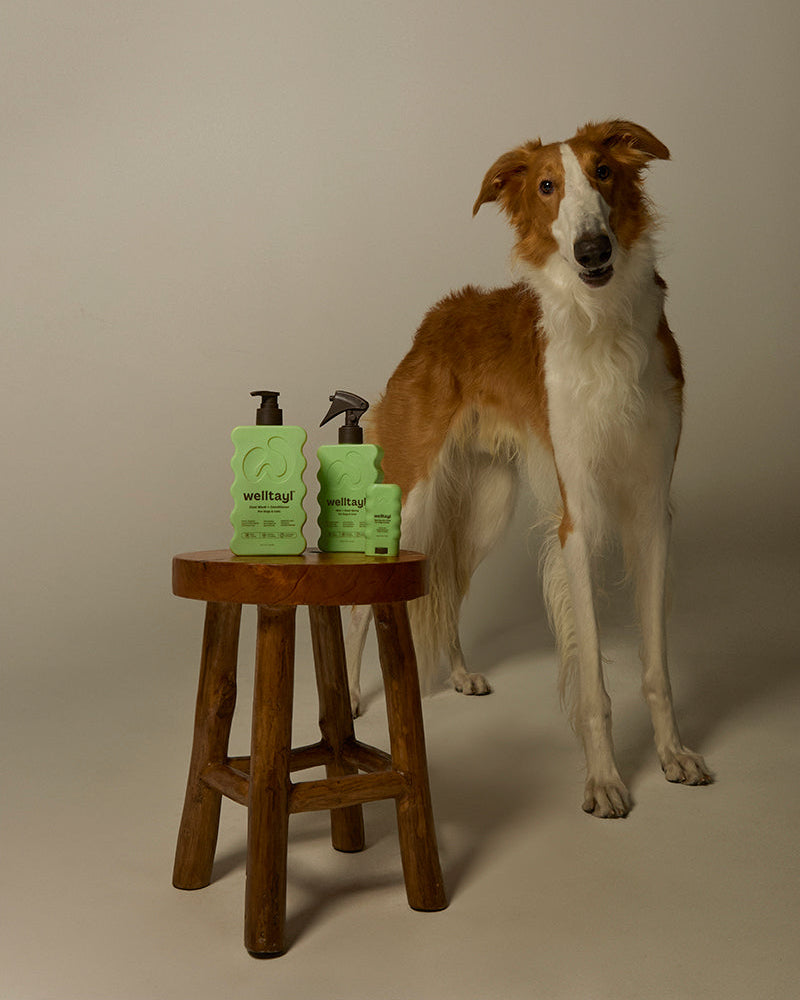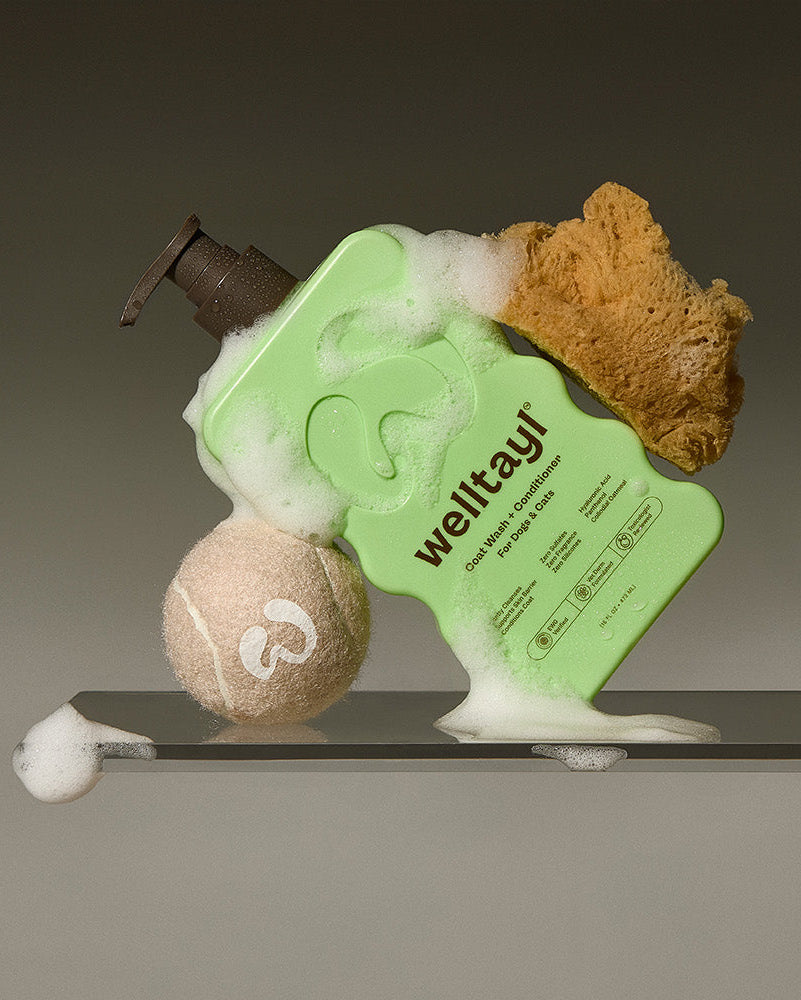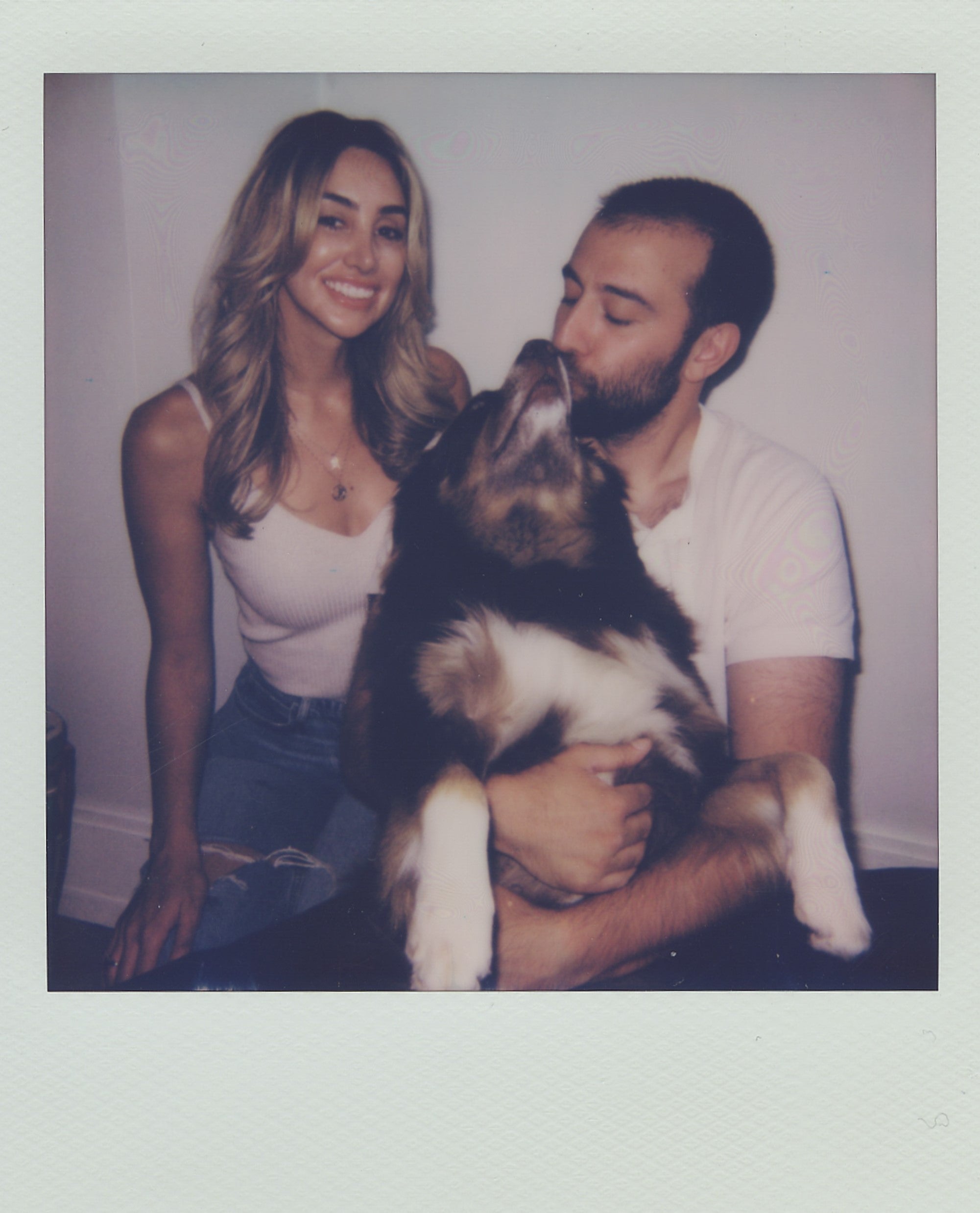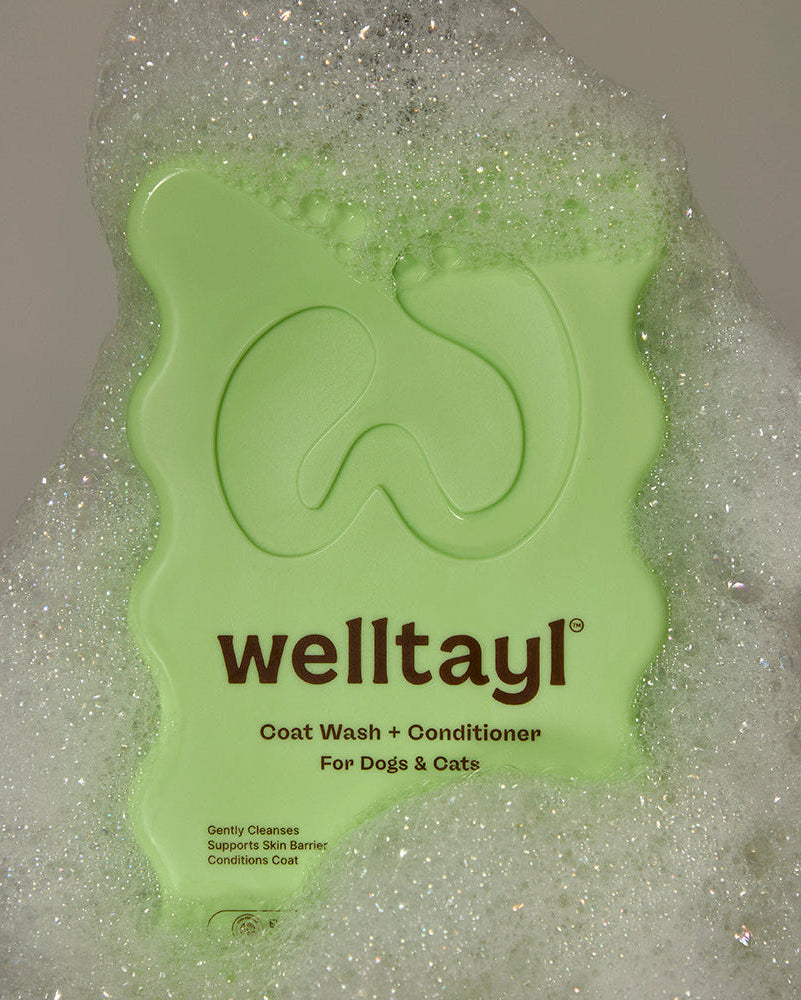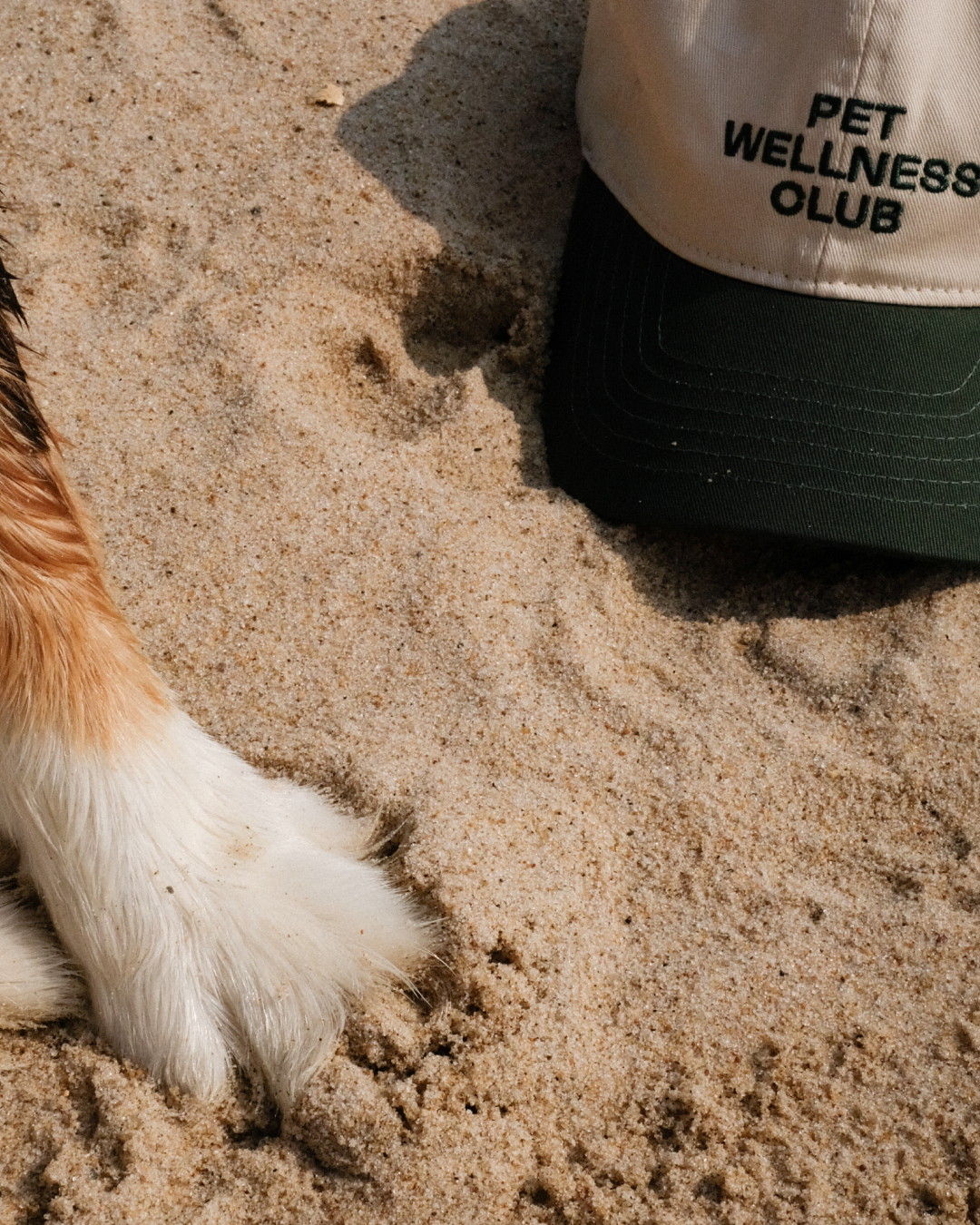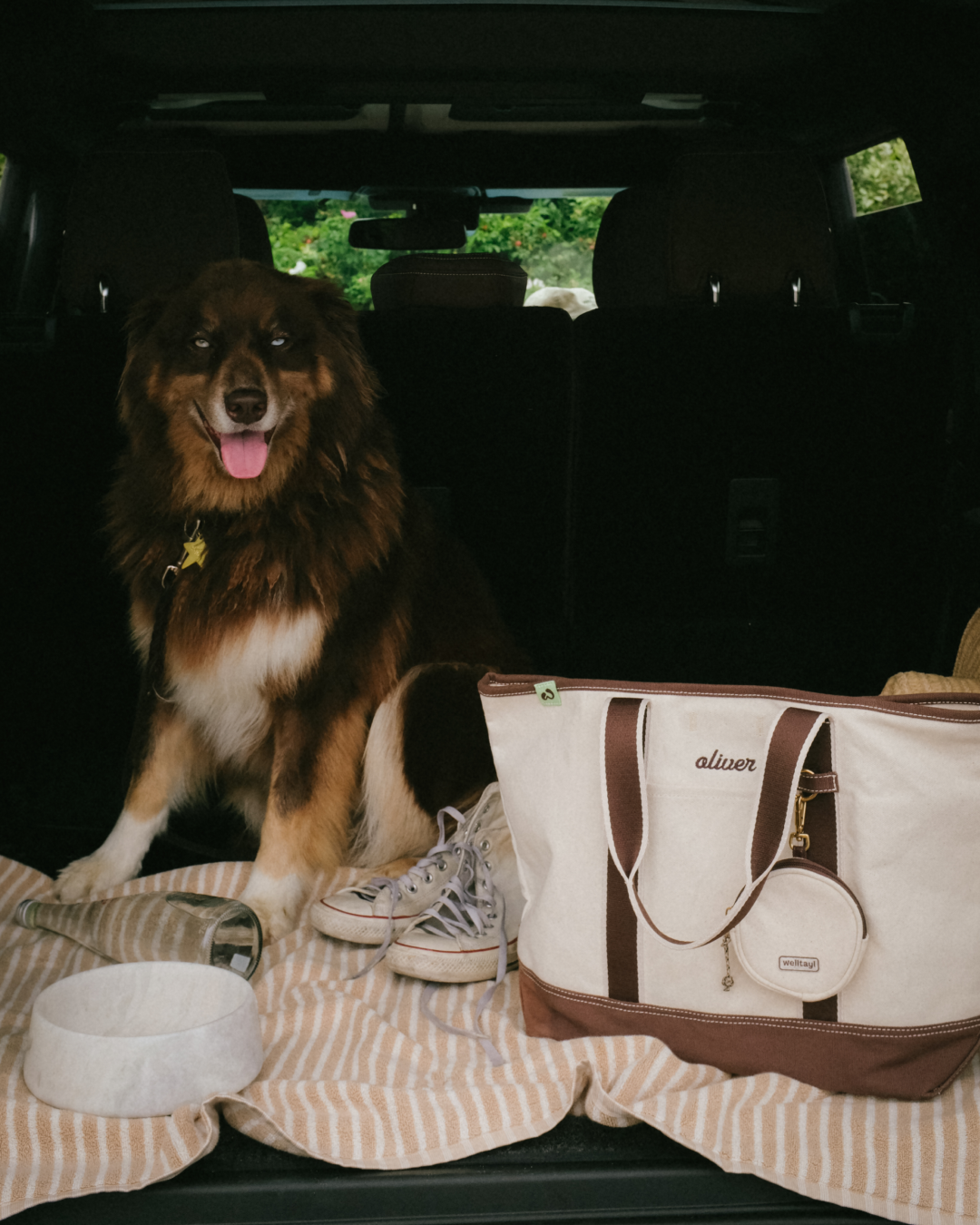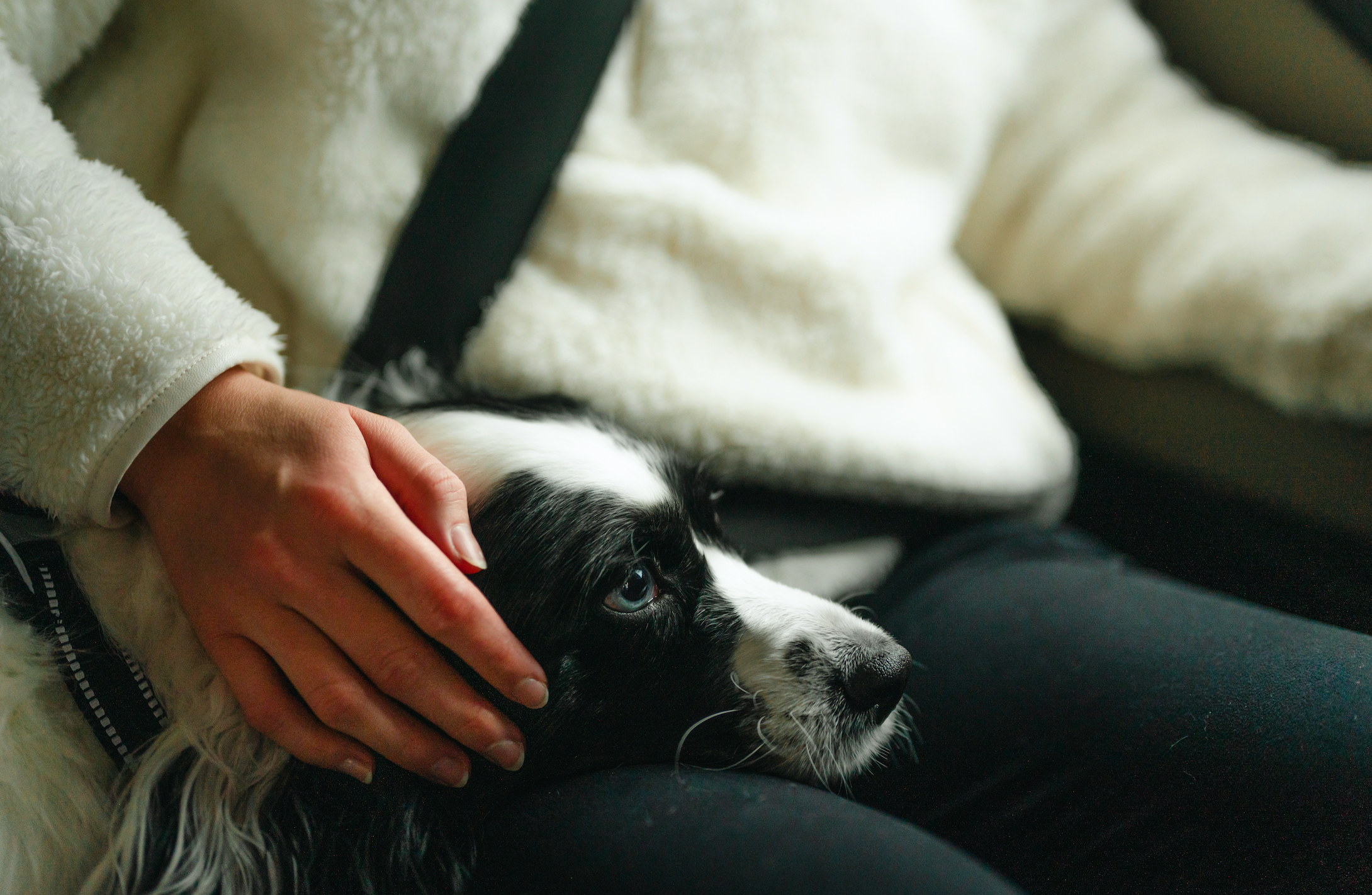Have you ever noticed your dog panting heavily after a game of fetch? What about during a thunderstorm? Panting is a natural way for dogs to cool down, but can also be a way they show they're feeling excited, stressed, or even anxious. While it’s normal for dogs to pant after exercise or on a hot day, sometimes it can mean they need a little extra help to feel calm and comfortable.
Table of Contents:
- Key Takeaways
- Why Do Dogs Pant?
- How to Calm an Anxious Dog
- Use Calming Techniques
- Address Stress and Anxiety
- When to Seek Professional Help
- Conclusion
- Frequently Asked Questions
Key Takeaways
-
👅 Panting in dogs is normal after exercise, heat exposure, or excitement, but excessive or abnormal panting may signal stress, anxiety, or health issues.
-
🐶 Create a calming environment by removing stressors, providing a quiet space, and using tools like fans, soft music, or white noise to promote relaxation.
-
💚 Use calming techniques such as gentle reassurance, soothing tones, and calming products.
-
🐶 Address stress triggers through relaxation strategies and identifying environmental factors, ensuring your dog feels safe and comfortable.

Why Do Dogs Pant?
Dogs pant to cool themselves down, but they can also pant when expressing emotions like excitement, stress, or anxiety. It’s a normal behavior, but sometimes it might point to an underlying issue.
How to Calm an Anxious Dog
It’s important for owners to recognize when their pup is stressed or anxious and attempt to calm them.
Create a Comfortable Environment
Ensure your dog is in a quiet area where they can relax without distractions. Remove any stressors, like loud noises or unfamiliar visitors. If your dog is overheated, use a fan or air conditioning to cool the space, and offer them fresh water.
Set up a cozy retreat in your home, like a crate or a designated corner with familiar items such as their toys or a blanket that smells like you. This safe zone provides comfort and security, especially if your dog feels anxious or overwhelmed by external stimuli.
To reduce external stress further, consider playing soft, calming music, or using white noise machines to mask loud sounds. These tools can quickly create a relaxing atmosphere.
Use Calming Techniques
Using calming techniques can help your dog relax during times of stress and control anxious panting.
Gentle Reassurance and Affection
Your calm demeanor directly influences your dog. Talk to your dog softly, using a slow and quiet tone, to reassure them. Sitting nearby and maintaining a relaxed posture shows you're there to support them. Gently pet their back, chest, or head, focusing on areas they enjoy. If your dog seems uneasy about being touched, give them space while staying close to provide a comforting presence.
Calming Products or Tools
Introduce items that promote relaxation, such as calming garments designed to apply gentle pressure or blankets with a soothing texture. These support relaxation by providing comfort during stressful moments. Other calming aids like a white noise machine or soft classical music have also been proven to help reduce stress for dogs. Always use tools your dog has positive reactions to, and reserve them specifically for anxious situations.
Want more insights and helpful tips for loving and caring for your dog? Join the Welltayl Newsletter today! Stay updated with expert advice, solutions to common dog challenges, and stories from other dog parents like you.

Address Stress and Anxiety
Providing comfort and addressing the root causes can help your dog feel more at ease and reduce panting related to stress and anxiety.
Reduce Triggers
Identify what’s stressing your dog and work to minimize it. Common triggers like loud noises, such as thunderstorms or fireworks, can often be masked by soft music or white noise. Move your dog to a quiet area—like a bathroom or an enclosed space—for added security.
Introduce Relaxation Exercises
Incorporate calming exercises to help your dog relax. Gentle petting along areas they enjoy, like their ears or back, can foster relaxation. Speak in a soft tone to soothe your dog.
When to Seek Professional Help
Consulting a Veterinarian
Contact a veterinarian if at home techniques do not seem to be helping with your pet’s anxiety. Sometimes speaking with a behaviorist or dog trainer can help you as the owner learn new techniques to manage your pets anxiety, such as desensitization to certain triggers. Anxiety medications may be prescribed by your veterinarian to help with behavioral issues as well and may even be recommended alongside training.
Don't miss out—subscribe to the Welltayl newsletter! Get helpful tips about your dog's health, from recognizing unusual behaviors to making them feel their best. Whether you're searching for easy-to-understand advice or new ways to keep your furry friend happy, Welltayl has you covered. Join us today! 🐾
Conclusion
Understanding your dog's behavior is key to ensuring their comfort and well-being. By staying attentive to their needs and creating a calming environment, you can help them feel more at ease during moments of stress or discomfort. Simple adjustments, like providing a quiet space or using calming techniques, can make a significant difference.
Frequently Asked Questions
Can stress or anxiety make my dog pant excessively?
Yes, stress and anxiety are triggers for excessive panting. Loud noises, unfamiliar environments, or separation anxiety can cause rapid breathing. Identifying and reducing these triggers, using calming techniques, and providing a secure space can help alleviate panting caused by emotional discomfort.
Resources:
Read more
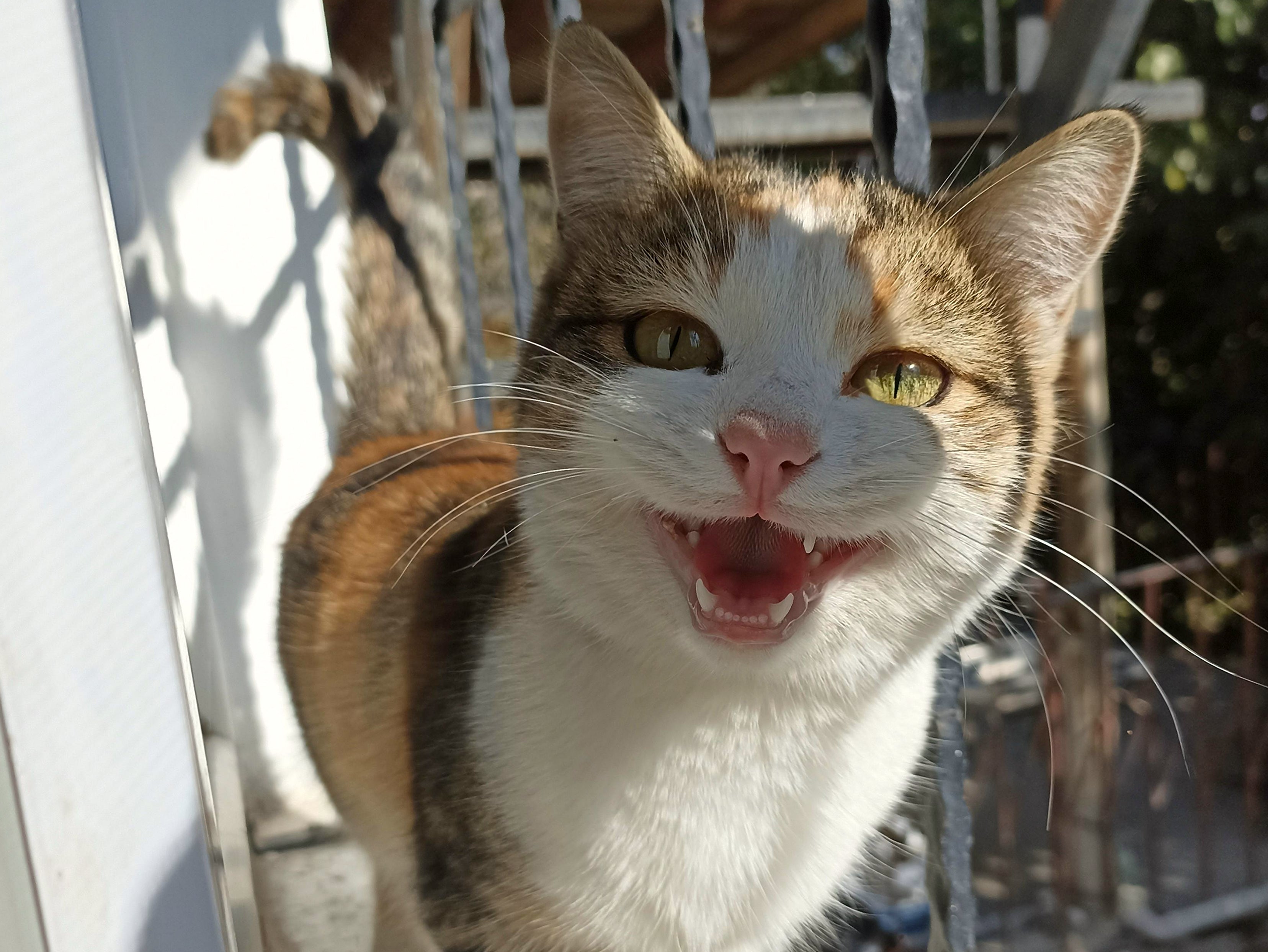
Discover reasons for excessive cat meowing, from health to behavior. Get expert advice and calm your cat today—read our full guide now!
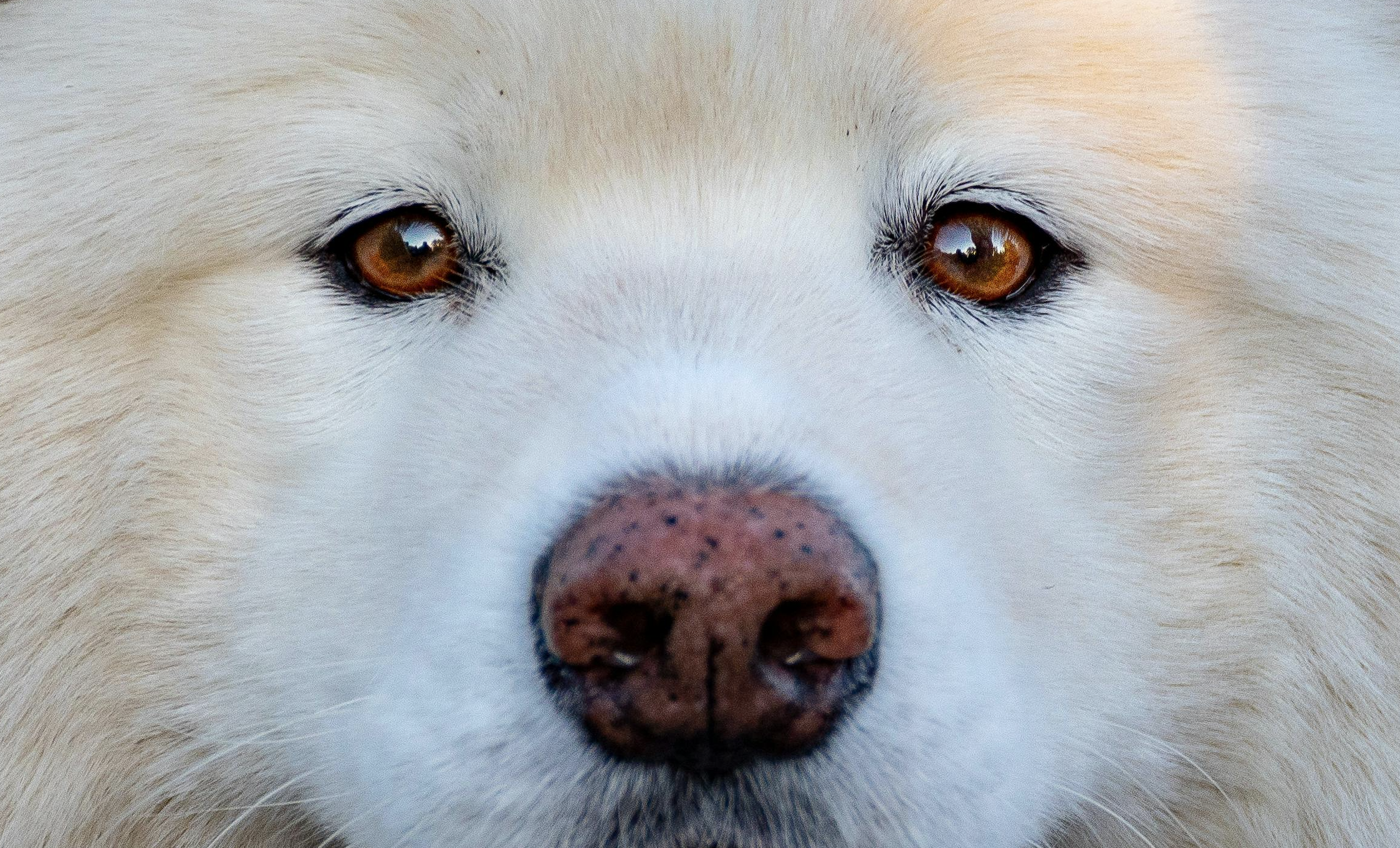
Discover the science behind your dog's sight—colors they see, night vision capabilities, and how it affects their behavior.

